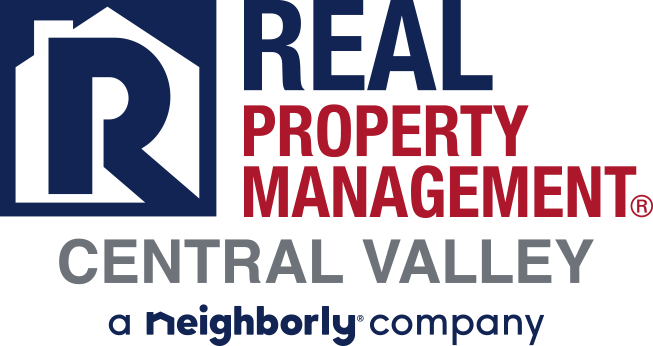10 Tips for Turning a First Central Valley Home Into an Income Property
Welcome to RPMcentralvalley.com, your source for learning how to get started with owning income property and all of your property management needs.
In this post we will share with you several tips you can use to turn your Central Valley home into an income property from Scott McGillivray from HGTV’s income property:
For the past ten years, Scott McGillivray, a 30-year-old real estate entrepreneur, has made a living by transforming houses into income properties. The 30-year-old currently manages 18 properties with over 100 tenants, and now he’s coming to HGTV to help a “house poor” generation create legal income suites and help offset their rising mortgage payments.
Whether it’s a 100-year-old Victorian home, a multi-apartment property or a fully renovated unit in a hip urban area, this entrepreneur can do it all. Check out 10 tips we learned from McGillivray by watching the first episode of HGTV’s Income Property:
- Make sure it’s worth it
As McGillivray says, the cost of renovations has to be able to pay itself back within two years rent. Scout out local markets, get a professional opinion, and be sure to watch Income Property. Because, hey, who doesn’t want to make a couple of bucks on something they need anyway? - Tag team, if you can
To use a cliché, two heads are better than one, and home-owning is no exception. Getting to your desired final product is a journey, and having a teammate to share frustrations, anxieties and most importantly, costs with is invaluable. - The best way to learn is to go through the experience
As one homeowner in the show puts it, “you can read as many books as you want, but you have to experience it.” Every home is unique, and every home will reveal its own problems and potential solutions. - Whatever you budget, add 25 per cent
When renovating your space, despite what a professionally quoted budget says, add 25 per cent, just in case. If you don’t go over, nothing lost. But if you do, at least you were expecting it. - Houses are like onions
The more layers you peel back, especially while demolishing, the more problems you’re going to find. Count on hidden gems like mould, live wires and any other hidden costs, just in case. - Consider all the options
If you have a three-story plus basement house, why just rent out only the basement? As we learn in the first episode, doubling the space not only allows you to live mortgage-free by increasing the rent, it also increases the value of the home. But it also may not be the option for you, especially if you plan on expanding a family or you want access to your backyard. - Make sure the space is livable
If the kitchen has zero counter space and the bedroom can only fit a bed, not only is it going to be hard to find someone to rent out your unit, but think of the types of people who might be wanting to rent out your unit. - Don’t skimp on the drywall, especially on the ceiling
Not only do you want a fire barrier between you and your new housemates, you might be thankful for a little bit of sound-proofing in the long run. - Start on the outside
A separate entrance is key when renting out a basement, especially if you don’t want to mingle too much with your new lessees. And you might want to make sure there are no potential lawsuits hanging around — such as slippery stairs or rotting wood. - Don’t turn your house into a home… right away
If a long-term investment is what you seek, turning your space into a home right off the bat isn’t going to help pay those accumulating bills. Your No. 1 priority should be making your home into an income source, or at least a manageable entity. Source – hgtv.ca
Contact RPM Central Valley
Learn more about the benefits of turning your Central Valley home into income property by calling us at (209) 572-2222 or connect with us online.

